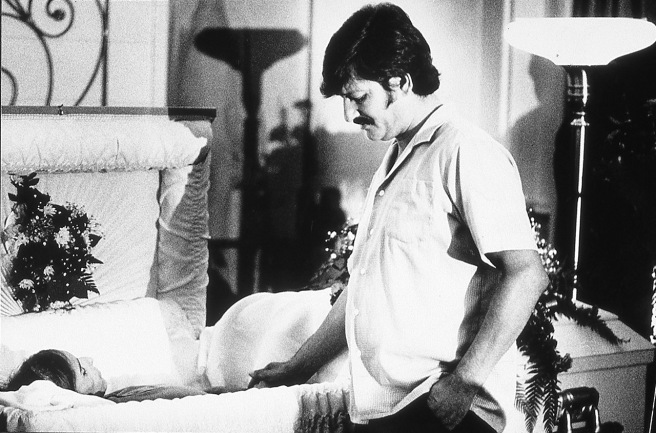 Shortly after posting this story from the wake of Mario Bravo a few weeks ago, I began hearing from people involved in or connected with the McFarland child cancer cluster of the 1980s and the other McFarland tragedies. One of those was Mario’s younger sister, Yadira, who was 10 when her brother died. She asked if I could find the original images from the shoot. I was able to find the images yesterday, and when I looked at them, for the first time since shooting them back in 1987, my breath shortened for a beat, as the bleakness and despair of the McFarland cancer cluster struck me full force. Time, it seems, has a way of doing that, taking the detached and impartial observer and recorder of fact and suddenly making him the recipient rather than the creator. I was no longer a photographer on deadline, picking pictures, fighting for the one I though should be published, then turning them in and moving on to the next job. The impact of these pictures struck me. Yadira and her mom. The massive showing of McFarland townspeople, almost all migrant families, packed inside the funeral parlor, testament not only to Mario’s popularity (which I have been learning about from his friends), but also to the terror of the unseen force they could not control, the answers cruelly evading them.
Shortly after posting this story from the wake of Mario Bravo a few weeks ago, I began hearing from people involved in or connected with the McFarland child cancer cluster of the 1980s and the other McFarland tragedies. One of those was Mario’s younger sister, Yadira, who was 10 when her brother died. She asked if I could find the original images from the shoot. I was able to find the images yesterday, and when I looked at them, for the first time since shooting them back in 1987, my breath shortened for a beat, as the bleakness and despair of the McFarland cancer cluster struck me full force. Time, it seems, has a way of doing that, taking the detached and impartial observer and recorder of fact and suddenly making him the recipient rather than the creator. I was no longer a photographer on deadline, picking pictures, fighting for the one I though should be published, then turning them in and moving on to the next job. The impact of these pictures struck me. Yadira and her mom. The massive showing of McFarland townspeople, almost all migrant families, packed inside the funeral parlor, testament not only to Mario’s popularity (which I have been learning about from his friends), but also to the terror of the unseen force they could not control, the answers cruelly evading them.
Yadira has also shared some information with me. Yadira moved to Texas about 16 years ago. She is married, her name is now Yadira Bravo Ramirez and she has a daughter named Aimee and just gave birth to a new daughter, Brielle Elise. Tina Bravo, her mom, remained an active member of the McFarland community fighting and pressing state health officials for the answers that would never come. Tina and Mario had another son, Edwardo, after Mario died. She moved to Texas eight years ago and lives just a couple of blocks away from Yadira. Yadira’s other brother, Jorge, who was 2-years-old when his older brother died, also lives in Texas near his mother and sister. Things did not go well for Ernesto and Tina in the aftermath of Mario’s death. They are now divorced.
The fresh look at the pictures I shot 27 years ago has not changed my mind. The picture of Ernesto Ramirez and his son Mario should have been
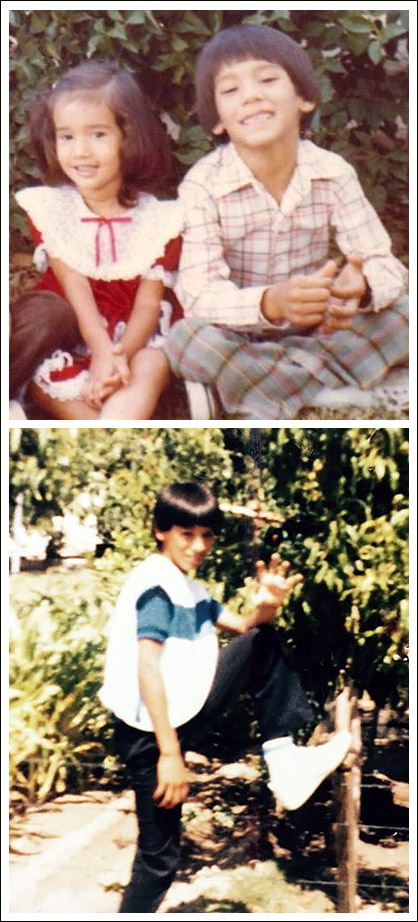
published. We Americans don’t want to see images that disrupt the imaginary cocoon that we so desperately try to project as our reality. We want life to be presented to us the way it looks in slick Madison Avenue-produced commercials, or television sitcoms set in beautiful, idyllic neighborhoods. We so want to play “pretend” with that reality, and have successfully bullied and intimidated media organizations that would dare share the starkness, despair and cruelty of the true world, that they are as terrified to publish a photo as the McFarland parents were that the unseen, stealthy killer would come for one of their children. And there’s something wrong with that.
The original post follows these new images from the funeral of Mario Bravo, the sixth child to die in the unsolved McFarland child cancer cluster.
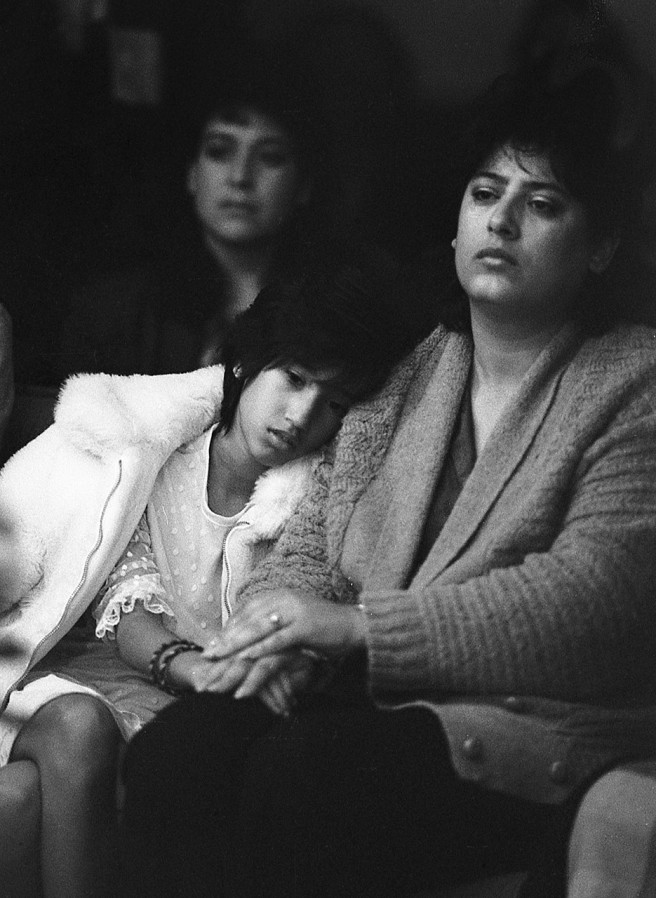

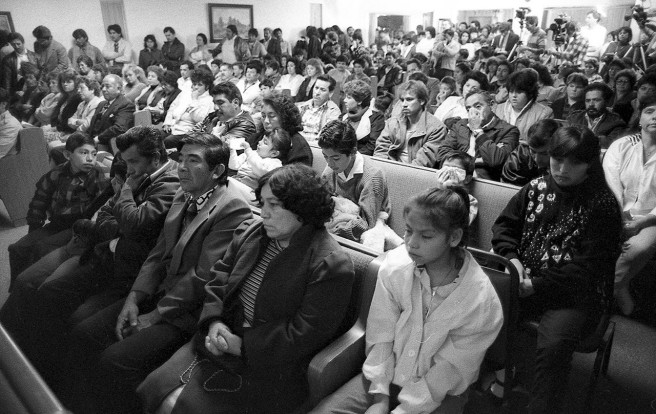
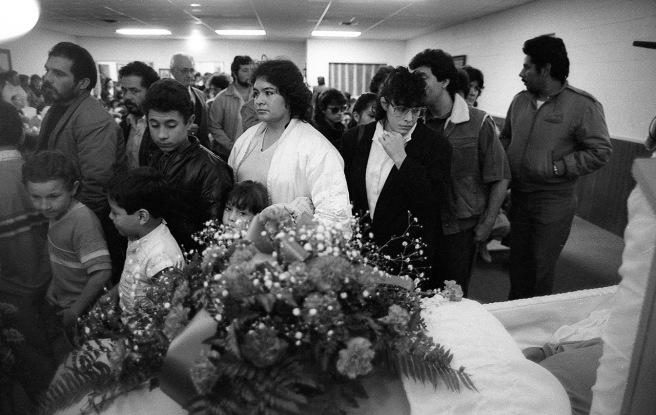
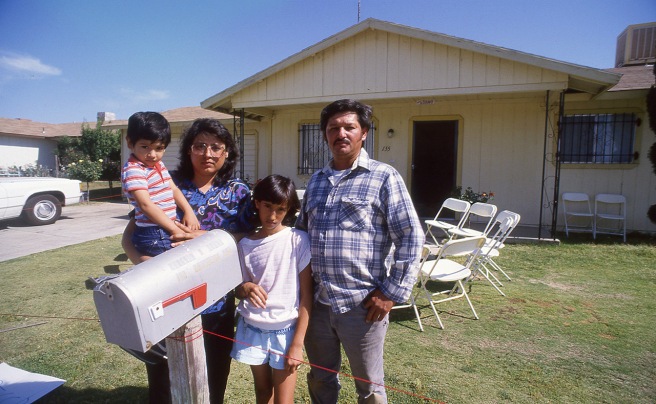
Here is the text from the original “Show the world what has happened to my son” post:
Mario Bravo died on Thanksgiving Day, 1987, the sixth child to succumb to the childhood cancer cluster of McFarland, California. At 14, he died of liver cancer, a childhood cancer so rare it afflicts 1.5 per 1 million children. In all, 13 children contracted cancer in McFarland, a small farming town 20 miles north of Bakersfield. Most of the victims lived in a small, concentrated area comprising several blocks. I was assigned to cover Mario’s wake. The McFarland cancer cluster was one of two childhood cancer clusters in Kern County at the time, and was receiving considerable national media attention. (The other was in Rosamond in southeastern Kern County, and received much less attention.) Despite that, I was the only media person at the wake when I shot this photo Some local media would show later. Just after I shot this picture of Ernesto Bravo at Mario’s casket, he saw me and walked over. I thought he was going to ask me to leave. Instead, he said, “Please, show the world what has happened to my son.” Then he returned to his son’s casket. The world would not see my photo of Ernesto and Mario Bravo. Nor would anyone in Bakersfield or California. You are seeing this photo for the first time.
In the aftermath of the public reaction to the Hart Park drowning photo, Californian editor Bob Bentley issued a “no dead bodies in the paper” order. It was a “hard” order, meaning there would be no exceptions, regardless of the story or the circumstances. Hard directives and their rigid inflexibility in a newsroom are an awful thing. They can hide reality, obscure context, intimidate and limit the decision making capabilities of reporters, photographers and editors, and deprive the public of seeing unpleasant but critical aspects of important stories. Politicians and even celebrities who took up the cause of McFarland’s predominantly farm worker citizens were convinced that the cause of the childhood cancers was from excessive pesticide use in the farms that surrounded the town. The families believed that, too, and were desperate for answers. But the scientists, epidemiologists and medical experts who exhaustively searched for a cause were not able to find one. The cause of the McFarland childhood cancer cluster remains an unsolved mystery. Reporters covering the story were being so badly harassed by the McFarland Police Department that Henry Barrios, the photographer assigned to it, began carrying a tape recorder to his shoots. You should have heard the audio recording Henry Barrios made one day of the McFarland police chief threatening him and ordering him to leave the town. It was almost an identical replica of Jackie Gleason’s Sheriff Buford T. Justice character in “Smokey and the Bandit,” except it wasn’t at all funny. This was, I believe, the only work I did on the McFarland cluster. I was assigned the Rosamond cluster. Henry was likely on vacation or maybe on a sick day, and I filled in for him.

I have always wondered about the cancer cluster in McFarland. I taught English there from 1978-1980. During that time, the campus at the middle school was besieged by dead and dying bats. The situation was treated very cavalierly by the Kern County Health Department in Bakersfield. Essentially, they weren’t making that interminable 20-mile drive to McFarland unless someone was bitten. Lots of dying rodents, too, staggering around. I didn’t learn about the cluster for a few years, when my husband Bill–who also worked at the Californian–and I moved to Oregon. I was so shocked. In retrospect, I suspect some of my students were becoming ill before I left. I would like to know more. It seemed like the authorities didn’t want to discuss it and hoped it would disappear. They simply didn’t care. I’m glad you did.
Jennifer: I just missed Bill Bladine – I got there at the end of 1980 – but he was spoken of highly and frequently. Must have been a heck of a reporter! Incredible stories out of McFarland.